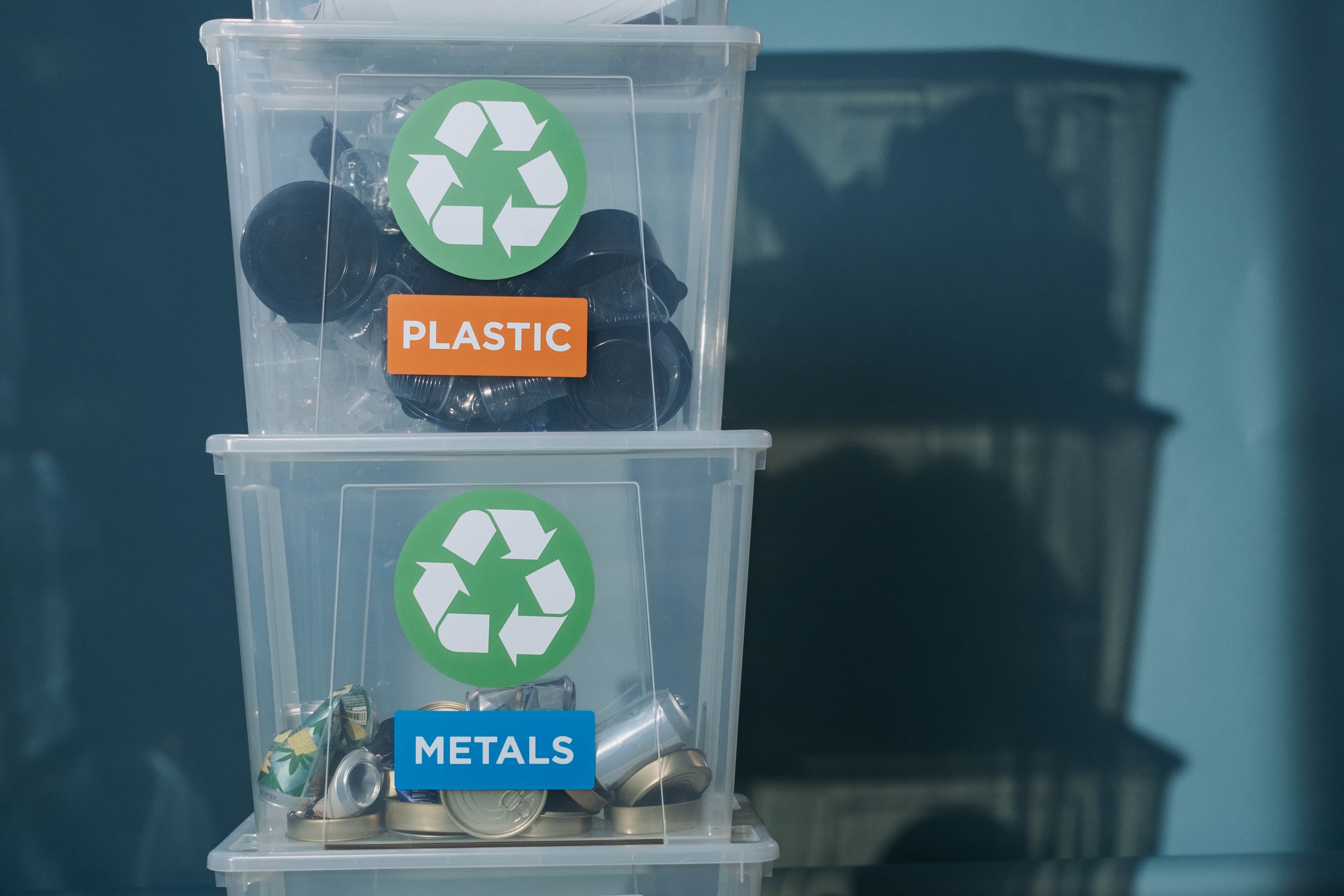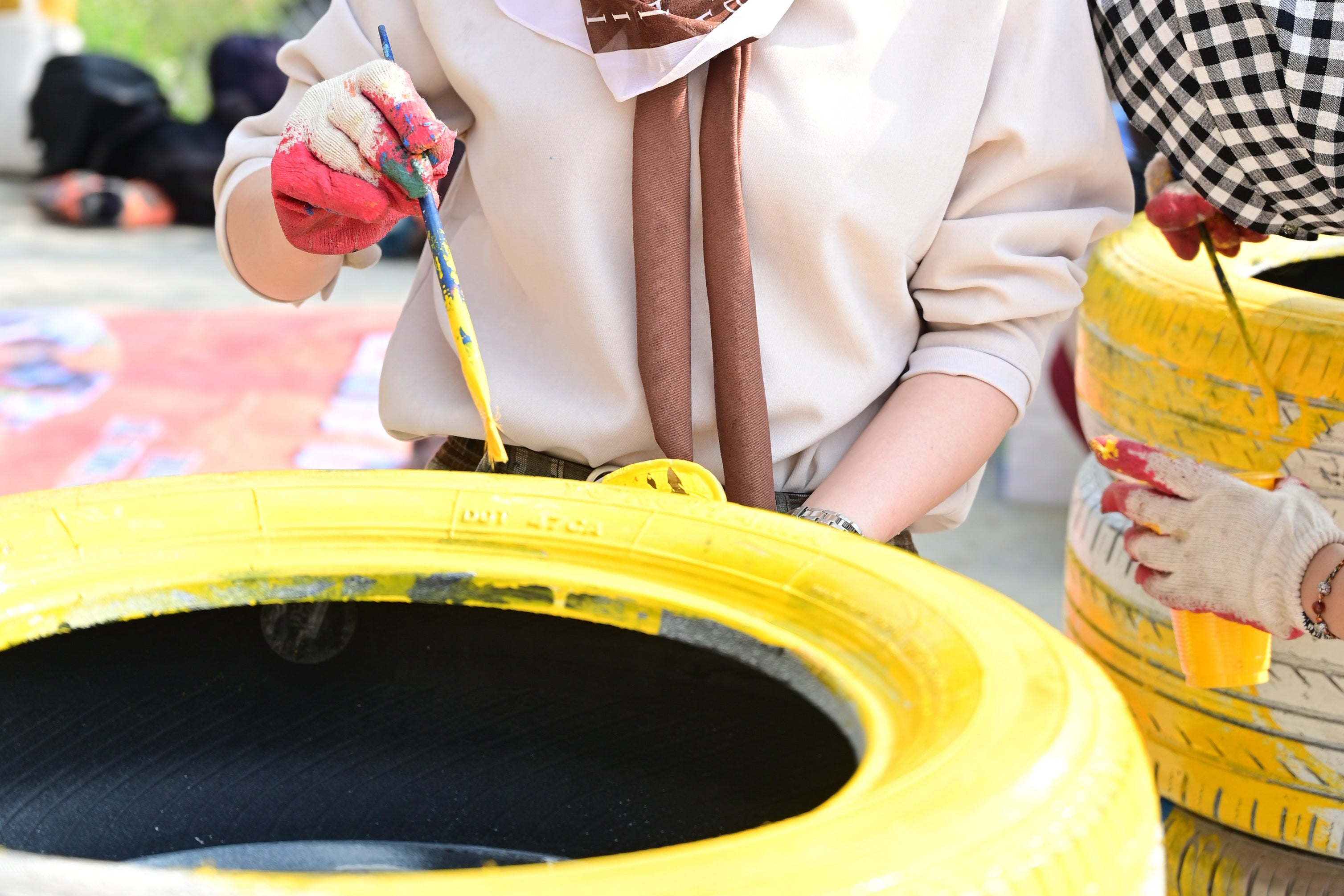With the world’s population growing immensely over the past few years, the amount of waste produced yearly has also increased significantly.
According to The World Bank, about 40% of the waste winds up in landfill – leading to various adverse environmental effects.
We all have a role to play in reducing the amount of waste that ends up being thrown away and polluting the environment.

While the authorities encourage and enforce environmentally friendly changes in manufacturing, every person needs to embrace certain practices at an individual level.
Some of the ways you can contribute to the efforts to protect the environment are recycling, upcycling and downcycling.
In this post, we will take an in-depth look into these three initiatives, along with all their differences, strengths, weaknesses and challenges.
What is recycling?
Recycling refers to reusing items and materials that would otherwise be thrown away as trash.
In this process, waste can either be used again in its current state, refurbished or broken down into individual materials for re-manufacturing.

Recyclable materials, although typically they don’t retain the properties they had back in their original form, can be processed and used to create new items.
Strengths of recycling
-
The modern methods of collecting recyclable materials have become increasingly effective with the rise in popularity of creative initiatives, such as special recycling bins and containers.
-
Most manufacturers today produce items with recyclability in mind – which has significantly increased the amount of waste recycled every year.
-
You don’t have to spend a fortune to recycle items, since there is an option to re-purpose them in their current state.
Weaknesses of recycling
-
Sometimes it’s more expensive and time-consuming to recycle an item than to buy a new one.
-
The process of breaking down items into individual materials can also cause pollution, meaning that not all recycling is as good for the planet as we may think.
Challenges of recycling
-
There is a low market for recycled materials.
-
Working with recyclable waste sometimes can put workers at risk of chemical exposure and other health-threatening hazards.
-
Lack of education - which often results in poor quality of recycled products.
What is upcycling?
Upcycling refers to reusing material and textile scraps from old items to create new products with greater quality than the original.

It is a form of recycling; however, the end product of the process will have a greater value, both in an environmental or artistic sense.
A perfect example of upcycling is creating quality furniture from reclaimed wood.
Strengths of upcycling
-
Reduces the manufacturing costs.
-
Minimises the need to source new materials.
-
Increases the value of waste and turns it into a product of a higher form.
Weaknesses of upcycling
-
There are relatively few opportunities to turn waste products into upcycled items.
-
You might need to buy other materials, such as tools and glue, to be able to upcycle anything.
Challenges of upcycling
-
Most people still don’t know what upcycling is, which significantly impacts the marketing efforts dedicated to upcycled products.
-
It can be relatively difficult to find high-quality raw materials, which is precisely why the end products are sometimes of poor quality.
What is downcycling?
Downcycling is another type of recycling that involves using materials from old items to create new products.
However, the resulting product is of lower quality than the original.

Some examples of downcycling include using old plastic bottles to create liners for truck beds or degraded solar panels to make patio furniture.
Strengths of downcycling
-
Downcycling is actually easier than upcycling since the end product doesn’t need to be of top quality/value.
-
Minimises the need to source new raw materials.
-
Provides job opportunities.
Weaknesses of downcycling
-
There is a limited amount of times you can downcycle items.
-
The value of downcycled items is lower than the original products.
-
Certain downcycling processes might require an industrial approach and as such - can be relatively costly.
Challenges of downcycling
-
There is a relatively low demand for downcycled items.
-
Certain aspects of downcycling might require the contribution of a skilled expert.
In a nutshell
With the ever-growing amounts of waste, it is becoming increasingly important to find ways to convert the materials into objects that can be reused.
In addition to recycling, upcycling and downcycling, it might be a good idea to start making more environmentally conscious purchases.

Swapping traditional products to more sustainable options, such as an instant dry bath mat from Misona, can be great way of minimising the amount of waste you produce in the first place – you can do your part in the efforts to create a green future.

